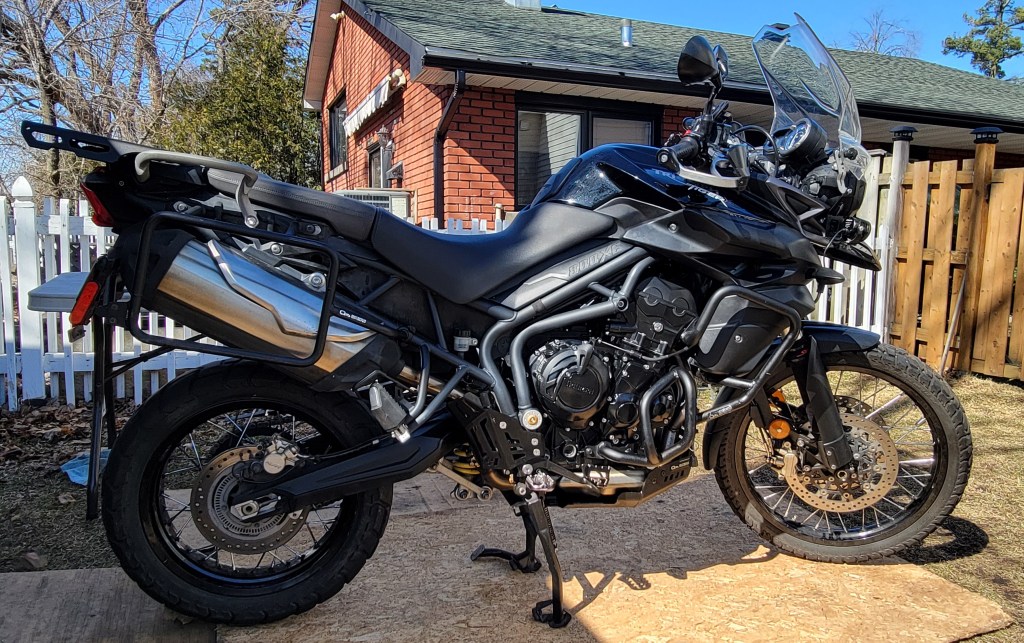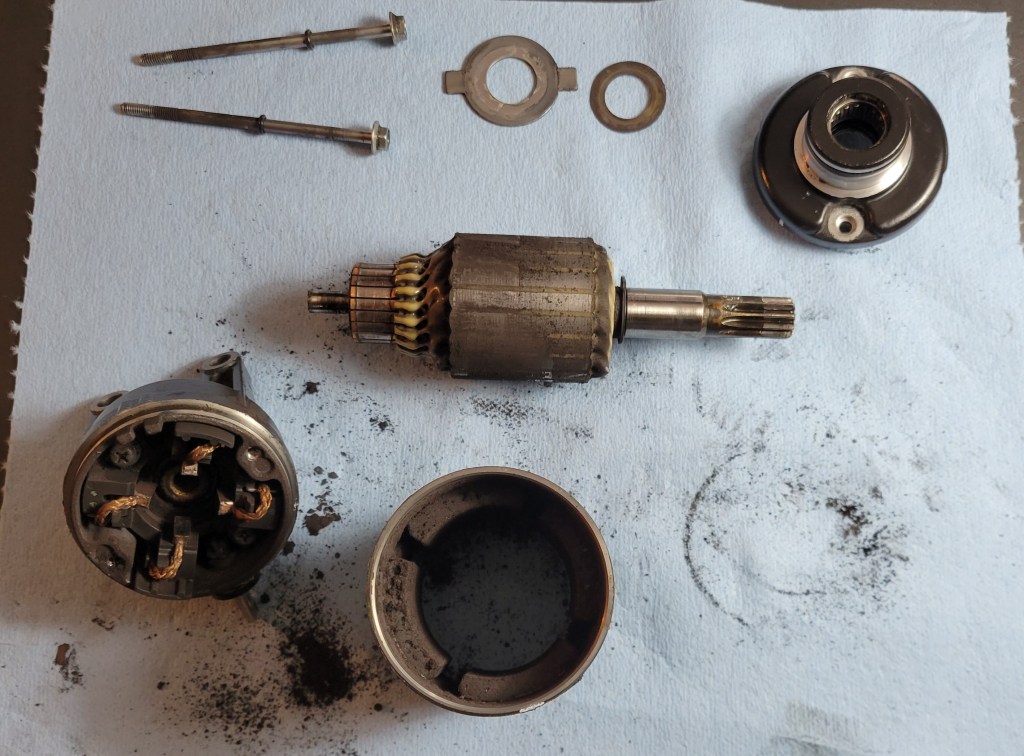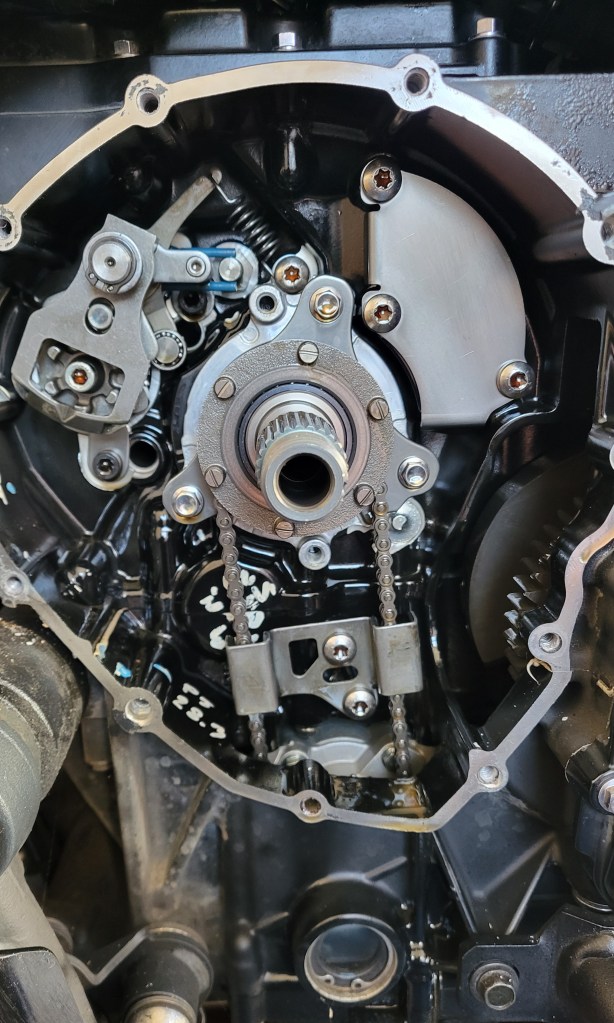
Breaking the seal on a taboo topic.
There’s a great line in the movie The Bucket List, the 2007 film directed by Rob Reiner and starring Jack Nicholson and Morgan Freeman: “Three things to remember when you get older: never pass up a bathroom, never waste a hard-on, and never trust a fart.” Don’t worry, it’s the first one I’m going to discuss today.
I’ve found BPH to be kind of a taboo subject for men, and I was hesitant to write about it too. I think that’s because of a misconception that having BPH is a symptom of loss of virility, but it’s not. Let’s get that out of the way early. Maybe BPH is taboo also because it’s a sign of aging, and who likes to acknowledge that? Signs of BPH usually begin to appear in the 40’s. One easy statistic to remember is that 50% of 50-year-old men and up to 80% of 80-year-old men have it. It’s very common, so let’s start to normalize talk about it.
What is BPH?
Johns Hopkins Medicine defines BPH, or benign prostatic hyperplasia, as “a noncancerous enlargement of the prostate gland,” and says “it’s the most common benign tumour found in men.” Yikes! “Tumour” and even “noncancerous” in the same sentence sounds scary, so we’ll just describe it as an enlargement of the prostate. In fact, I’ve heard the “H” interpreted also as “hardening,” which is even less scary, especially at an age when we generally want things to be hard. I’m not a doctor and I’m not going to give medical advice, but I’ll talk a little about how this relates to motorcycling as I see it and what I’ve discovered so far that might help to minimize symptoms and not prevent you from riding.
BPH and motorcycling
I know riders, both men and women, who were wary about riding during those Covid years because of the lack of available bathrooms. Well, having BPH is kind of like having a chronic shortage of bathrooms and is something you have to manage while touring. If you are a guy and an adventure rider who spends a lot of time in rural areas and wilderness, there’s thankfully no shortage of available bathrooms, so to speak. It’s here that I will gladly recognize male privilege.
But I don’t really like urinating in public. Call me conservative, or old-fashioned, or a prude, but I find it a bit vulgar, so I always prefer to find a bathroom if I can. I don’t like urinating at the side of the road, or behind buildings, or really anywhere I might be seen. But here’s the first thing I’ve learned about BPH, or at least my experience of BPH as it relates to motorcycling: I don’t usually have the need to go while riding. I used to think this had something to do with vibration, either from the engine of the big thumper or the knobbies on the road—that it numbed a nerve or something—because I’d be fine for hours and hours as long as I was riding. The easy solution, then, seemed simply to keep riding.
But alas, eventually we have to stop for gas, and then I found I could barely get one tank full before I had to empty another. It got to a point where it was very predicable, so predictable that I came up with that theory about the vibration. I no longer think that, or I think there’s more to it than physiology, strictly speaking.
You know how you often need to go to the bathroom as soon as you get home from somewhere. You don’t even have to be motorcycling but running errands in the car, for example, or commuting home from work, or whatever. You get in the door and suddenly you are busting! That’s because your body—your bladder, to be specific—knows there is a bathroom near, so essentially sets off the alarm, telling your brain, “Okay, Joe, there’s a bathroom in the vicinity.” Or maybe it’s the brain telling the bladder; that would make more sense. I don’t know what kind of communication happens between the bladder and the brain or what language they’re speaking but I’m positing that there’s a psychological or at least a neurological component to how the system works.
Like a boss

This is important because it relates to the second thing I’ve learned about BPH, and my first suggestion on how you can minimize symptoms. You can train your bladder. Yes, like a dog. Reward good behaviour and you’ll get more of it; reward bad behaviour and you’ll get more of that. Running to the bathroom is rewarding bad behaviour and training your bladder to be the boss. Soon, it’s yanking your leash, so to speak, and leading you around. (Okay, I’ll drop that metaphor now.) Instead, my doctor reiterated what I’d heard online from Dr. Rena Malik, urologist and pelvic surgeon. You don’t want to get to the situation where everywhere you go you are urgently locating the bathrooms. Before you get to that state, he said, whenever you get the urge to go, don’t go. Wait, if you can, for the urge to go away, and it will always go away. (You need to keep this in mind during your darkest moments.) When it does, wait a few minutes longer, and then walk calmly to the bathroom. Good behaviour. Be the boss of your bladder.
By the same logic, Dr. Malik also suggests not doing “just in case” bathroom visits, or what is called “convenience voiding.” (No, that’s not a phrase to describe how Prime Minister Trudeau answers media questions; that’s called “convenience avoiding.”) I know this is counter-intuitive and counter to what your mother and grandmother and every preschool teacher says, and counter to what Edward Cole, the Jack Nicholson character, says above in his advice for the aging. Convenience voiding tells your bladder that it needs to empty before it’s full. Bad behaviour. No treats. So trust that you will be able to find one when the need arises and pass up that bathroom if you don’t need to go. You’re in it for the long game.
Kegels
Okay, so by now you’re probably thinking not only that I’m a sadist but also that you are going to have an accident. That’s a lot of waiting, or rather . . . holding. To help with this, you can do some Kegel exercises. Yes, there’s another muscle that needs to be exercised to avoid atrophying with age. I’d never heard of Kegel exercises until a few years ago, so if you haven’t either, you’re perfectly normal. A YouTube search will turn up lots to try, but here’s one that presents two good exercises to start with. You can easily find more.
They can be tricky to do properly at first, so if you’re really struggling with retention, you might want to invest in a professional pelvic physiotherapist for a few sessions to make sure you’re doing them right. You don’t want to waste your time exercising your butt muscles. 😳 It’s a bit like what I tell my students about oral presentations, since they often get up in front of the class and either read or recite instead of speak: if you’re in a singing contest, it doesn’t matter how well you dance. So spend a bit of time and possibly money to ensure you are strengthening the right muscles.
Water in, water out

Another piece of advice my doctor gave me was to try to moderate my fluid intake. I know, I know . . . we’re supposed to drink the equivalent of a small pond each day, according to The Kidney Foundation. Keep in mind that includes all liquids, like those in fruits, vegetables, coffee, tea, beer, hard liquor . . . not that anyone’s eating vegetables while riding. I definitely notice a difference in the frequency of my “rest stops” when I’m wearing my hydration knapsack as compared to when I carry a water bottle. I like to carry water on me so I don’t have to stop to drink, but the trick is to sip. Same for distance running. If you run long distances in the heat and use a hydration belt, you probably sip a bit every few kilometres rather than chug infrequently. Give your body only what it can process and you will cut down on your bathroom breaks.
Yes, it’s water in, water out, like calories. You have to regulate your water intake according to conditions, so if it’s hot and dry, you will be losing a lot of water in sweat and evaporation as air rushes through your mesh jacket, and if it’s cool or humid, less so. The last time I changed my roof, I worked beside the roofer. I was stripping old shingles; he was laying new ones. At one point, he needed the washroom but it was occupied. I was apologetic and suggested he could use our half bathroom upstairs but he said, “It’s okay, I’ll just sweat it out.” He had 30 years of experience managing his fluids.
Avoid Irritants

You know that line in the famous poem Desiderata about what to avoid?
“Avoid loud and aggressive persons; they are vexatious to the spirit.”
Well there are other irritants that should be avoided. Coffee, tea, alcohol. Yeah, this is one where the cure is worse than the disease, and I’ll be damned before I give up any of those. But again, perhaps moderation is the key, or at least knowingly drink these things with the price in mind. They are vexatious to your bladder and it won’t be long before nature is calling. It reminds me of that old joke, “What’s the difference between a beer and a piss?”
“About 15 minutes.”
Final Thoughts
I recognize that I haven’t spoken at all about the other way symptoms of BPH manifest, which is restriction of flow. I’ve only discussed the opposite problem: frequency and urgency. That’s because I think the other issue is a little more complicated and one which you should discuss with your doctor. There is medication and surgery as options, and I will just add that a friend of mine had the surgery and is a big advocate of it now. It’s really helped him out, so don’t suffer unnecessarily. Of course, if you live in Quebec, you have to find a doctor first, but that’s another issue particular to La Belle Province.
I’ve just scratched the surface on this topic. There’s a ton of information available online if you are interested in exploring it further. The bottom line on this, however, as far I’m concerned, is that BPH is a completely normal aspect of aging for many men and nothing to be embarrassed about. With a little attention to it in the form of training, fluid management, and avoiding irritants, it will not stop you from enjoying your bike well into the golden years. Just think of Ted Simon riding around the world at the age of 72 and still riding at 90! (I am making no claims about Ted Simon’s health, only his accomplishments.)

And while we’re on this topic, don’t forget to get tested regularly. We aren’t talking about cancer here, but it’s never a bad time to remind ourselves and others to get checked, since early detection, as with all cancers, is crucial. I’ll be doing the Ride for Dad September 14th. Follow the link to join in your area or to help fund research.




























